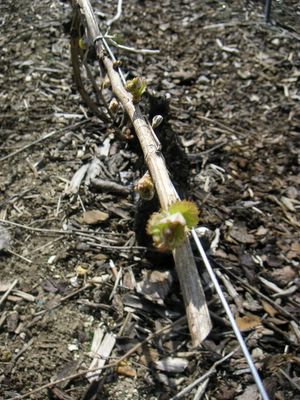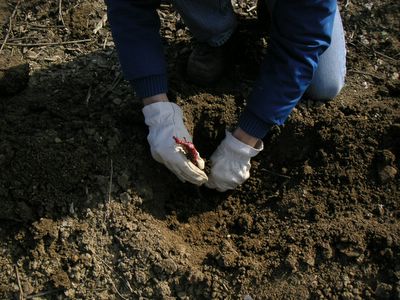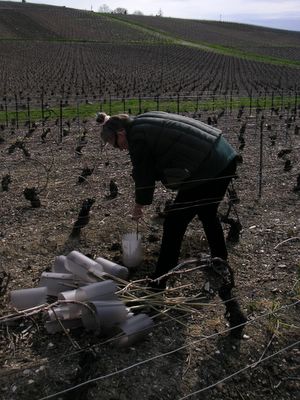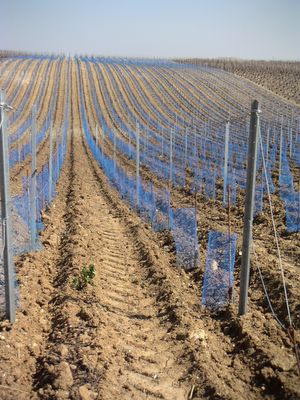23.05.2006:Pernod Ricard wants to grow bigger on the global market of champagne. The pastis giant from Southern France, that last year acquired the brands Mumm and Perrier-Jouët with Allied Domecq, at the moment is the top four, but the ambition is to grow bigger. According to the manager of the Martell, Mumm and Perrier-Jouët-department of Pernod the objective is to make it to become second (currently held by Chanoine Boizel Champagne after buying Lanson International last year). Number one is a rather big step up: At the moment LVMH delivers 17,4 percent of the champagne drunk in the world. Pernod delivers a - in comparison - humble 3,3 percent.
23.05.2006: Reims Management School has decided to develop a professorship in champagne. The manager of the school, Francois Bonvalet, says, that the position is to be used to develop necessary research within the fields business strategy, marketing and consumer behaviour connected with the champagne business of the region. The bubbly industry directly emplys more than 10.000 people and annually sells for more than four billion euros. Known grandes marques such as Moët & Chandon, Krug, Pommery and Veuve Clicquot support the new institute financially.
25.05.2006: France is working intensely to move into the huge and growing market in China, said several ministers who participated in the Vinexpo-exhibition in Hong Kong according to the winemagazine Decanter. Apart from campaigns in supermarkets, the aim of which is to present French products for the Chinese consumers, the initiative also covers education, partnerships and help to plant vineyards on a experimental basis. The objective of all this is to increase the knowledge of French wine in China as the biggest market for wine in Asia, and with an import expected to double to two million boxes by 2010. The depressed French wineindustry is not alone, also the big houses in Champagne are extremely focused on the Asian markets because of their big potential.
25.05.2006: The house of Jacquart presented its latest prestige cuvée at the Vinexpo in Hongkong. It is called Katarina, and is is sold in a clear, voluptuous bottle with references to the Art Nouveau-style, popular during the Belle Epoque in the end of the 19. century. A time where some especially sinful places in Paris literally flowed with champagne. Katarina is a blend of 60 percent Pinot Noir, 35 percent Chardonnay and five percent Meunier and has matured seks years in the caves of Jacquart. Cuvée Katarina is described as fresh and youthful, with notes of white flowers, abricot and pear and with a very, long after-taste.
På dansk
Copyright: The copyright for text and photos at bobler.blogspot.com belongs to Solveig Tange. You may use my articles, photos or parts of them for non-commercial use and if I am credited as the author. Feel free to link to this site but not in your own frameset please.









